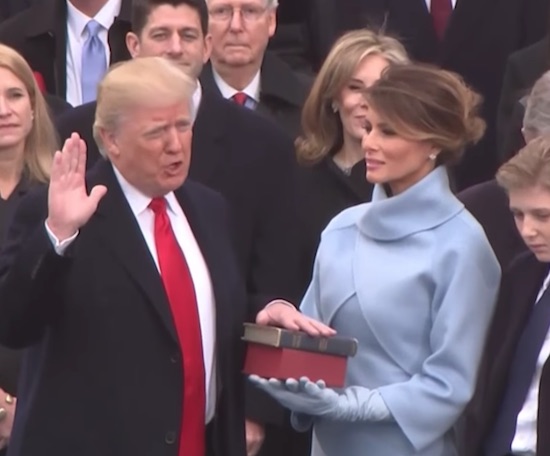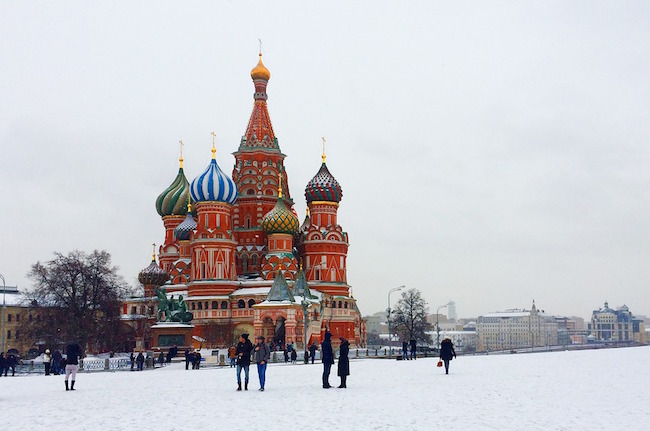A Conflict of Visions within Conservatism by James M. Patterson for American Institute for Economic Research
Coverage of the recent National Conservatism conference has highlighted the growing divisions in the conservative movement, especially when it comes to the exertion of political power in economic life. The intellectual roots of this conflict were on display earlier this year when the Intercollegiate Studies Institute held a two-day conference on conservative political economy funded by the William and Flora Hewlett Foundation. As one would expect, the conference was a lively affair and featured a range of perspectives from the right. The old fusionists could look forward to Don Devine and Jay Richards. Libertarians heard from Julia Norgaard and Amity Shlaes. Those interested in what elected officials had to say could listen to Senators Jeff Sessions and Marco Rubio. The insurgent “National Conservatives” like Josh Hammer and Julius Krein made a splash. The event in its entirety revealed that the fissures among conservatives over issues of economic liberty, industrial policy, and the competent use of federal power have only grown since 2010.
Some might think that 2015 is the better benchmark year, but the 2010 Tea Party Movement featured a populist anger that revealed an odd incoherence perhaps best summarized by the Tea Party signs that said things like, “Get your hands off my Medicare.” On the one hand, regular conservative populists were angry at government mismanagement of the 2008 Great Recession, and this among other events drove them to lose faith in their leaders. However, one reason for the anger is the sense that Republicans were betraying the middle-class entitlements that conservative populists regarded as their birthright. The Romney/Ryan 2012 ticket promised cutbacks to these very entitlements—precisely the opposite of what this faction wanted. When the next presidential nomination came around, the ground was fertile for a populist champion to claim them and turn them out, as the GOP was becoming increasingly working-class, as suburban white voters started to lean more Democratic. Donald J. Trump was just the figure to take advantage of this, not only because of his brash, larger-than-life persona but also because he had long associated with populist third parties and the attending conspiracies, such as those concerning Barack Obama’s citizenship. As of now, the GOP is at a crossroads, as party members look for signs from Mar-a-Lago. Until the GOP knows its political future for certain, the intellectual division within the conservative movement will persist and perhaps worsen.
How Conservatives Got Here
Since the start of the modern conservative movement of the 1960s, conservatives have clashed over issues of political economy. Libertarians usually see themselves as the heirs to the Austrian School of Hayek and Mises. As such, they continue to insist that large government entities suffer from the “knowledge problem.” Statistical measures and bureaucratic expertise cannot substitute for local knowledge. Such a view was easy to square with social conservatives, who had witnessed the mid-century Progressive consensus advocate for secularization of public institutions and legalization of abortion, all while mocking religious faith as superstition. In addition, the labor arbitrage with China, a regional or even global opponent, worsened economic decline, which in turn brought a decline in civil society. Foreign policy hawks could recommend the proper end for a strong federal government where it counted most, namely in defeating America’s communist and—after the end of the Cold War—terrorist enemies. More radical libertarians would decry the ever-growing “military-industrial complex,” and social conservatives would become increasingly impatient for the overturning of Roe v. Wade, Lemon v. Kurtzman, and the self-inflicted wound of Employment Division v. Smith.




